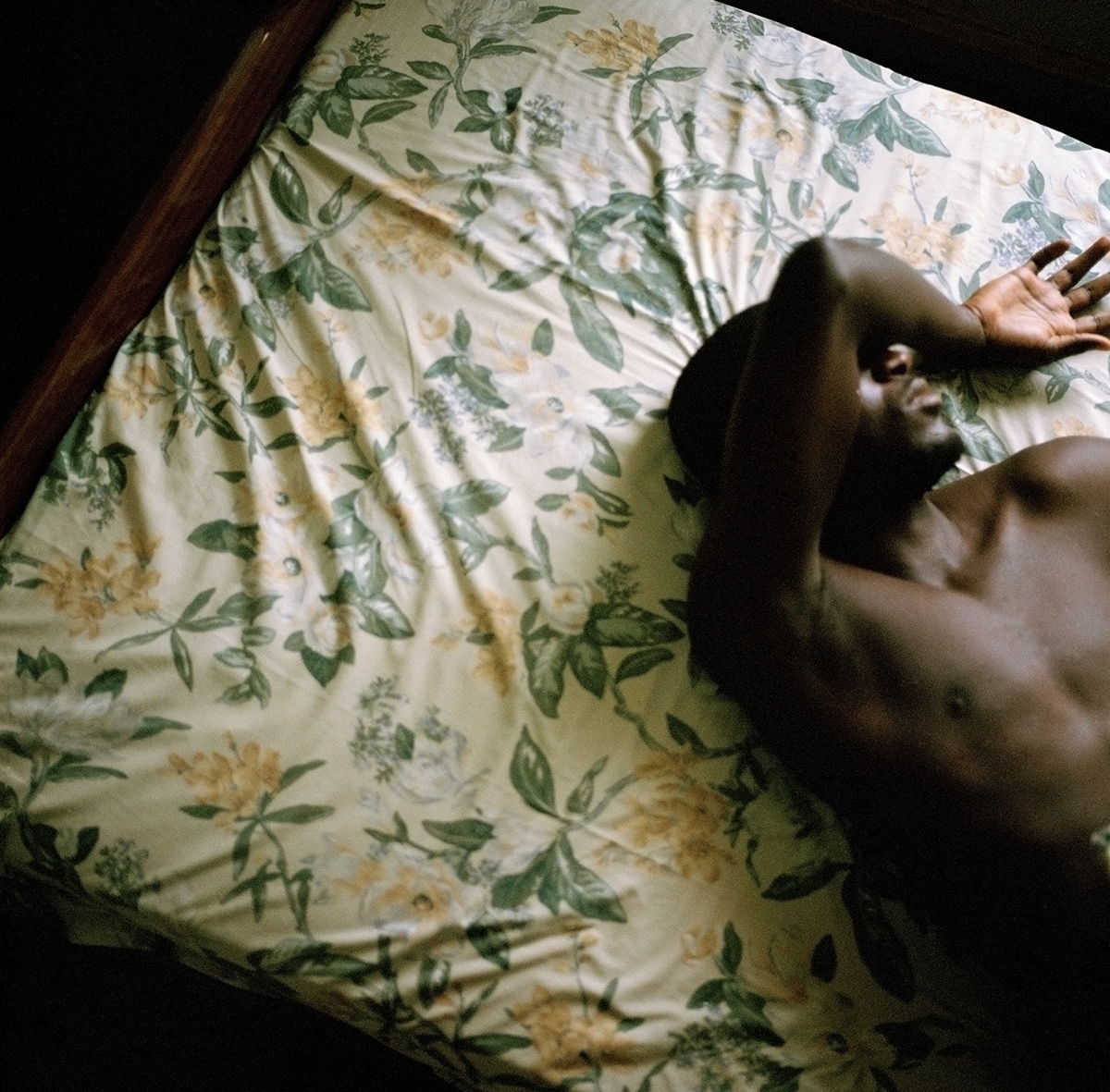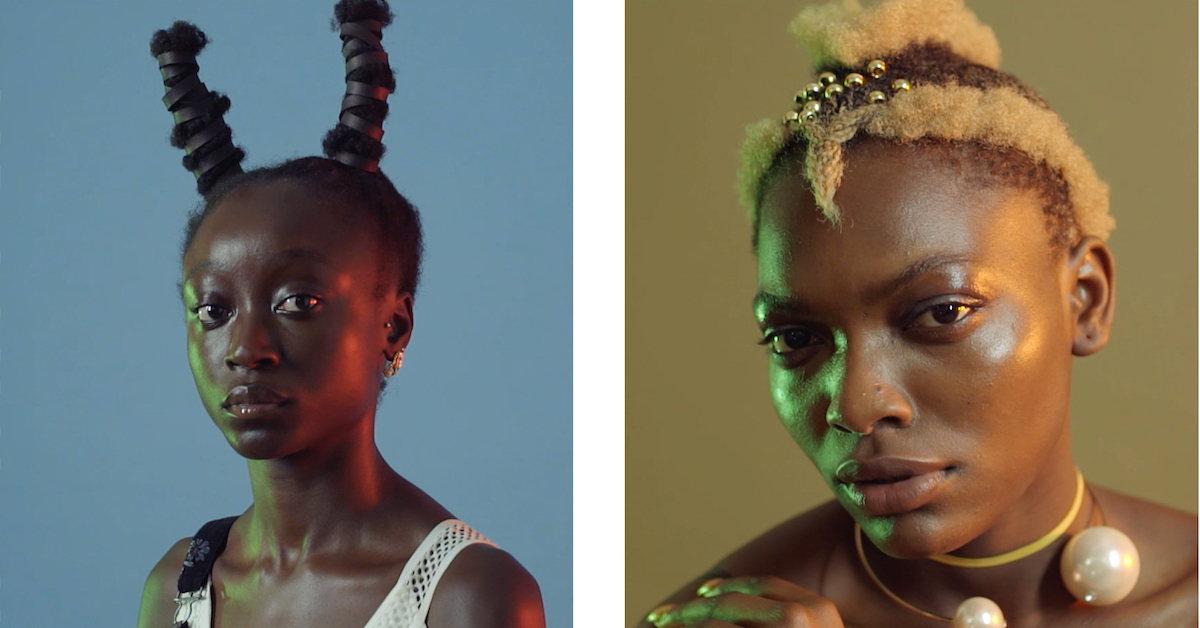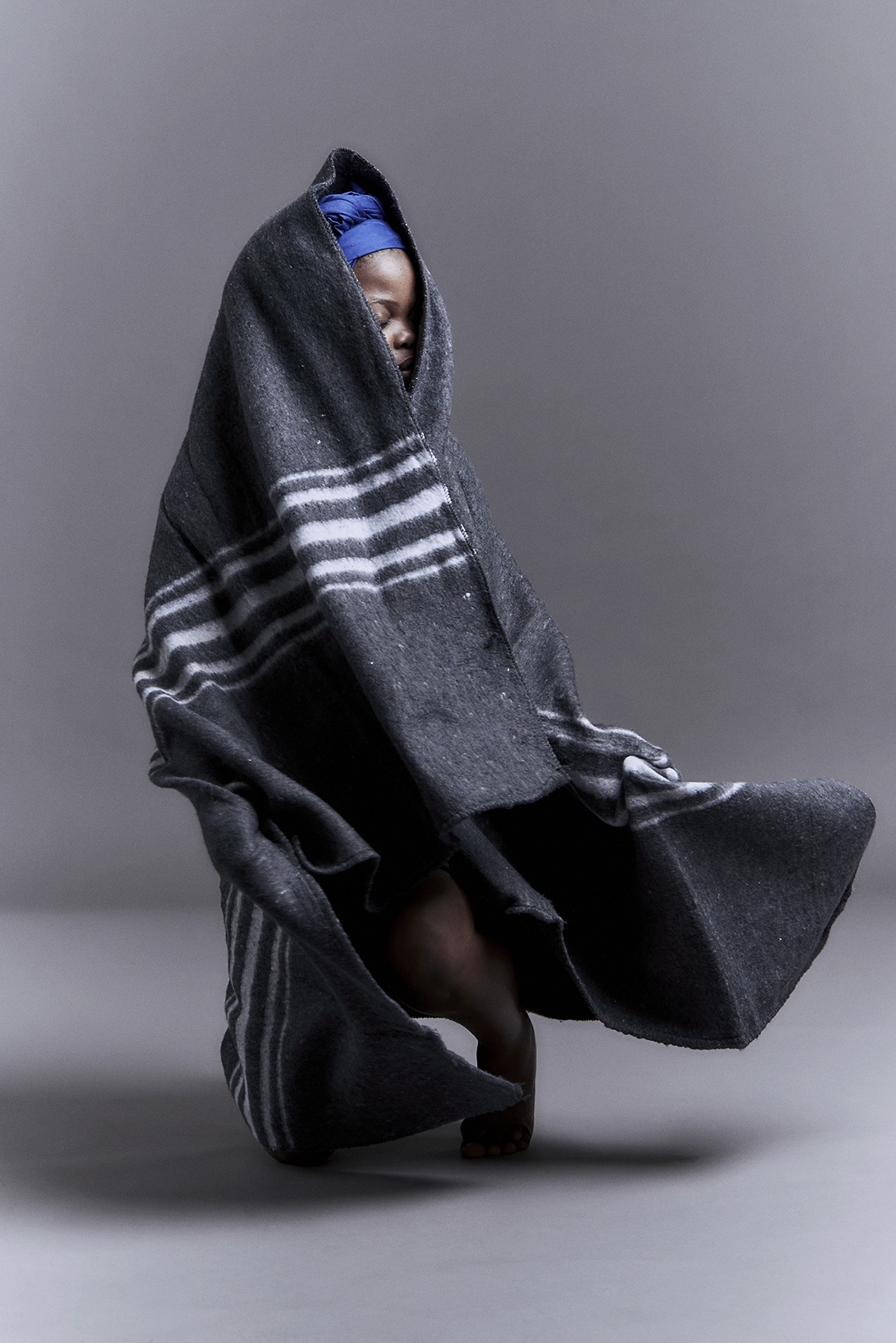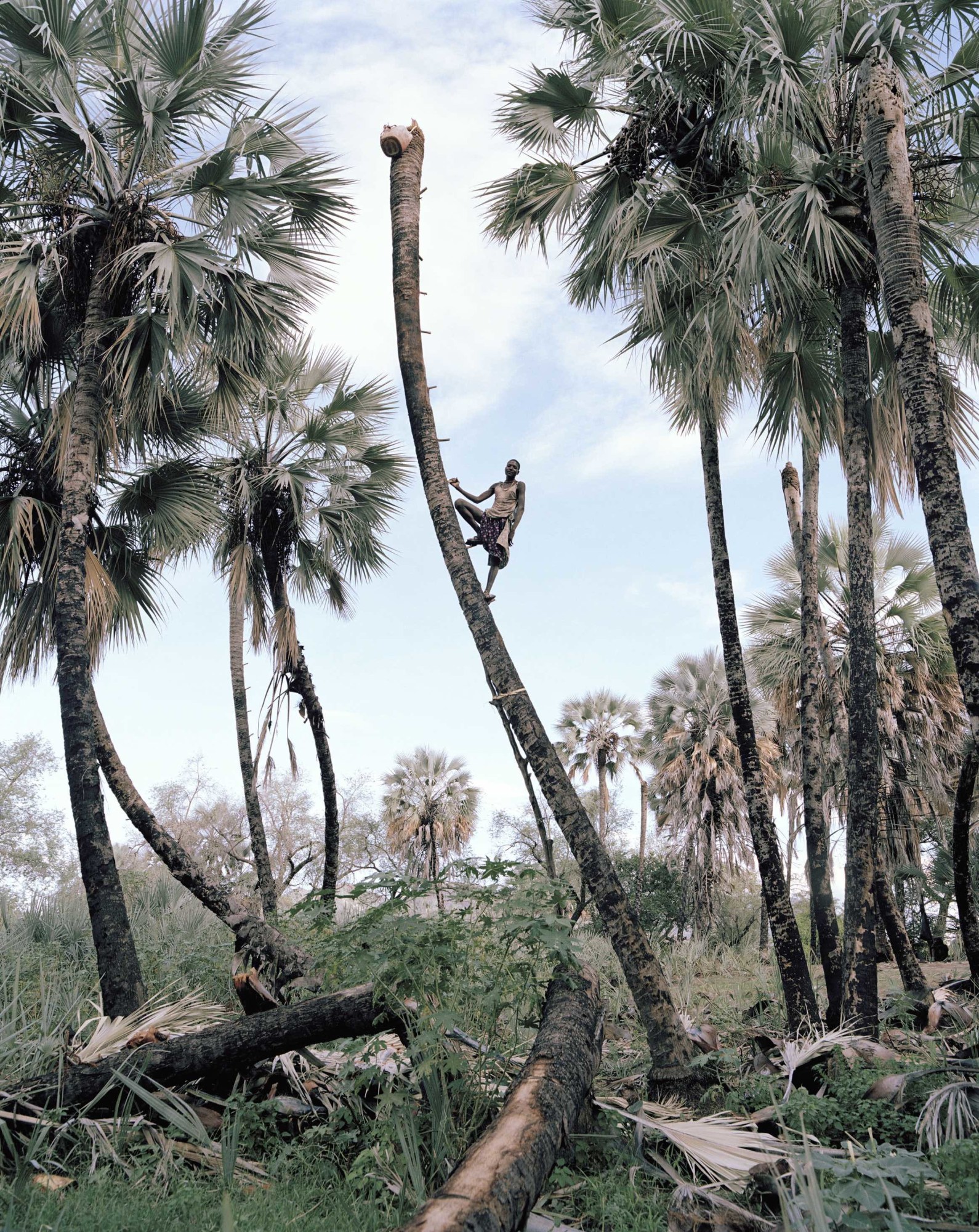Last year, Red Hook Labs partnered with African creative media platform Nataal to present New African Photography. The co-curated group show united six established and emerging photographers whose work interfaces with the African continent and diaspora. Among these artists were i-D contributor Kristin-Lee Moolman and photographer Namsa Leuba, renowned for her vibrantly colorful set designs. The show opened just weeks after the death of Malick Sidibé, the photographer who captured the youth culture of his native Mali. Sidibé’s iconic images — made chiefly during the 1950s and 60s, in the wake of the country’s independence — have recently inspired Gucci and Dev Hynes.
Tomorrow night, Red Hook Labs and Nataal will open two concurrent exhibitions in Red Hook: New African Photography II and Malick Sidibé: The Eye of Modern Mali. The solo exhibition of 37 Sidibé photographs will be jointly presented by1:54 Contemporary Art Fair and MAGNIN-A. The second iteration of the African photography group show includes an expanded group of nine image-makers, whose work bridges portrait, documentary, and fashion photography, as well as video and performance elements. Here, we speak to five of the featured artists about their perspectives on creativity, beauty, representation, and modern African identity.

Nadine Ijewere
Last spring, i-D spoke with the 24-year-old London-based photographer about her Same/Difference series. Over the course of a year, Ijewere made intimate studio portraits of the multi-cultural capital’s mixed-heritage sisters. Some of Ijewere’s subjects shared her Nigerian roots; others are Grenadian, Trinidadian, Ghanaian, Greek-Cypriot, German, and Chinese. “Throughout my work is the underlying theme of identity,” the photographer tells i-D. “I am drawn to shoot subjects with [a] range of ethnicities because I believe that how diverse we are should be celebrated — that beauty comes in many forms, all wonderful to capture.” For New African Photography II, Ijewere created a new series outside of the studio, in collaboration with a fellow London-based rising star, stylist Ibrahim Kamara. The dynamic duo traveled to Nigeria, where Ijewere’s acute sensitivity to color and softness came alive on the streets.

Mimi Cherono Ng’ok
This Kenyan born and based photographer counts Spike Lee’s Crooklyn, Felix Gonzalez-Torres’s billboards, and Japanese photobooks among her diverse influences. But her images — often washed in yellow, and capturing plays between light and shadow — bring to mind William Eggleston. Like the Memphis master of color, Cherono Ng’ok makes subtle photographs that, in the words of Red Hook Labs, “often deal with issues of home, displacement, loss, and identity.” Her past series have focused on African immigrants living in South Africa, where Cherono Ng’ok herself lived for years after completing her studies at the University of Cape Town.

Cyndia Harvey
London-based hairstylist Cyndia Harvey has created images for i-D with some of today’s most exciting stylists and photographers (think Harley Weir, Oliver Hadlee Pearch, Angelo Pennetta). But at Red Hook Labs, the Jamaican-born luminary is exhibiting This Hair of Mine, a personal project that traces the African diaspora through the development of deeply nuanced hair styles. “This Hair of Mine, in a way, is a self-portrait exploring heritage and paying homage to black women of today and before our time,” Harvey tells i-D. The project incorporates a film made in collaboration with director Akinola Davies, and a series of portraits taken by another i-D fave, photographer Ronan Mckenzie. “[The work presents] an intimate look at black beauty and the women who represents it,” says Harvey. Don’t miss it!

Nobukho Nqaba
“I observe normal people doing everyday things,” the South African photographer and performance artist tells i-D about her process. Nqaba derives inspiration from others, but by doing so, she finds what she calls “traces of my past.” Her images are at once deeply personal and truly global. For her 2012 series Umaskhenkethe Likhaya Lam, Nqaba constructed elaborate sets out of Umaskhenkethe — the Xhosa word for those plaid plastic bags found in Chinatowns across the world, and on the Céline runway. On view at Red Hook Labs is her her latest series, Ndiyayekelela (Letting Go). This body of work — shaped by the death of the artist’s father, and her struggle to process it — also makes use of textiles as multi-layered symbols. Blankets and overalls invoke her father’s life as a migrant worker in rural South Africa, and simultaneously connect to notions of impermanent homes and shelters.

Kyle Weeks
Cape Town-based photographer Kyle Weeks has collaborated with the Himba people of his native Namibia on two arresting series: 2014’s Ovahimba Youth Self Portraits, and Palm Wine Collectors, made the following year. “Considering my position as a white African (of western descent) I set out to collaborate with these men to produce two bodies of work in which the relationship between myself and the participating men was foregrounded,” Weeks tells i-D. “In the first, I collaborated with nearly 90 young Himba men to produce a series of empowering self-portraits which highlight a distinct balance between tradition and modernity in their expression through self-fashioning.” This three-year collaboration enabled Weeks to build a relationship of trust and respect with the community, which introduced him to the subject of his second series: the process of tapping Makalani Palm trees for wine.
“I think my attraction to photographing people lies in photography’s complicated history of representation of the African continent. My awareness of how its function has shifted from being a tool of oppression during colonialism, to becoming a means of empowerment and self-expression,” Weeks explains. “Contemporary African photography aims to establish new narratives and identities, both personal and cultural; my work is often influenced by its past and present uses, as I hope to produce images that drive important dialogue on documentary photography as well as the ethics of representing cultural ‘difference.'”
‘Malick Sidibé: The Eye of Modern Mali’ is on view at Red Hook Labs from May 4-7. ‘New African Photography II’ is on view at Red Hook Labs from May 4-14. More information here.
Related: Nadine Ijewere shoots beautiful portraits of London’s mixed-heritage sisters
Credits
Text Emily Manning
